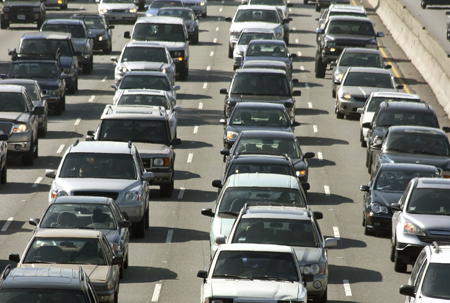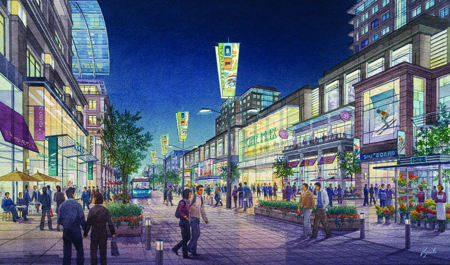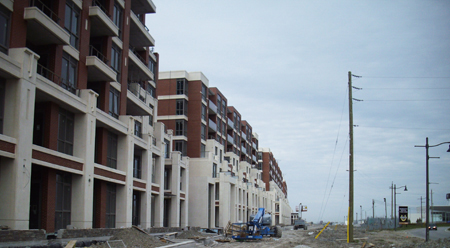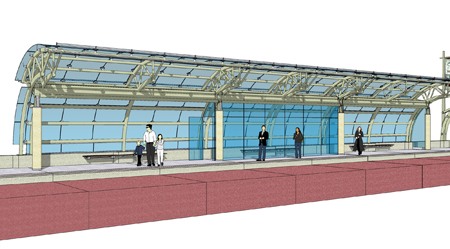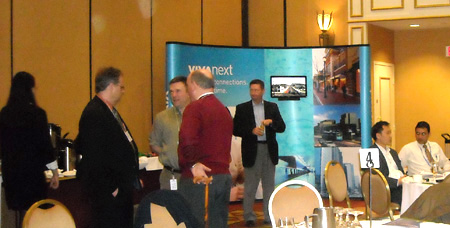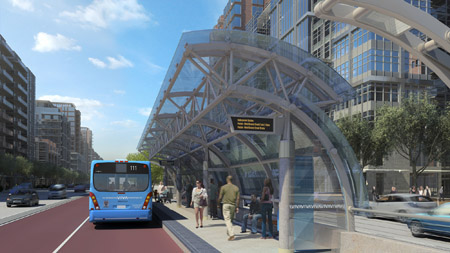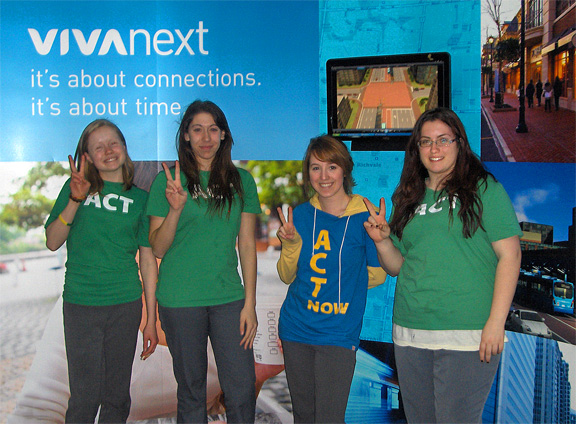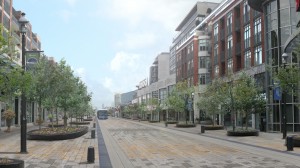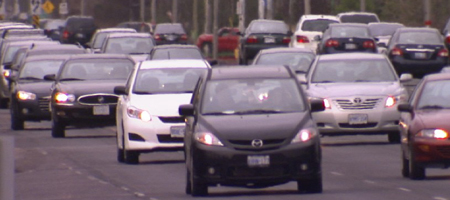
If you think that your commute is taking longer, you’d be right and the bad news is that you’re not alone.
A recent survey conducted jointly by the Ontario Ministry of Transportation, the City of Toronto and the Regions of York, Durham and Peel confirms that average speeds on highways and roads all around the GTA are decreasing. On average, a trip now takes 11% to 21% longer than the exact same trip in 2002.
While this figure applies to the entire GTA, one of the worst long sections of highway is travelled by many York Region residents every day. The section travelling southbound along Hwy. 404 from 16th Ave. to Hwy. 401 during the morning rush hour is the slowest long stretch of highway in the GTA. Motorists see an average speed of 31km/h along this stretch during the morning peak period. Driving along Hwy. 404 during peak hours takes 3.5 times longer than during times when you are able to drive at the posted speed limit.
But York Region roads are not just congested by drivers heading in to and out of Toronto. The study looked at Highway 7 all the way from Durham to Peel Region, an 88 km stretch, and found that three of the five slowest sections were in York Region.
Average speeds on Hwy. 7 through York Region are often almost half of the posted speed limit and not just during rush hours. The study found that driving on Hwy. 7 in the middle of the day is almost as slow as driving it during the morning rush.
The simple solution as we see it is to get more people out of those cars that are causing the increase in congestion and get them on fast, convenient transit.
Do you agree that traffic is getting worse? What are some solutions?

